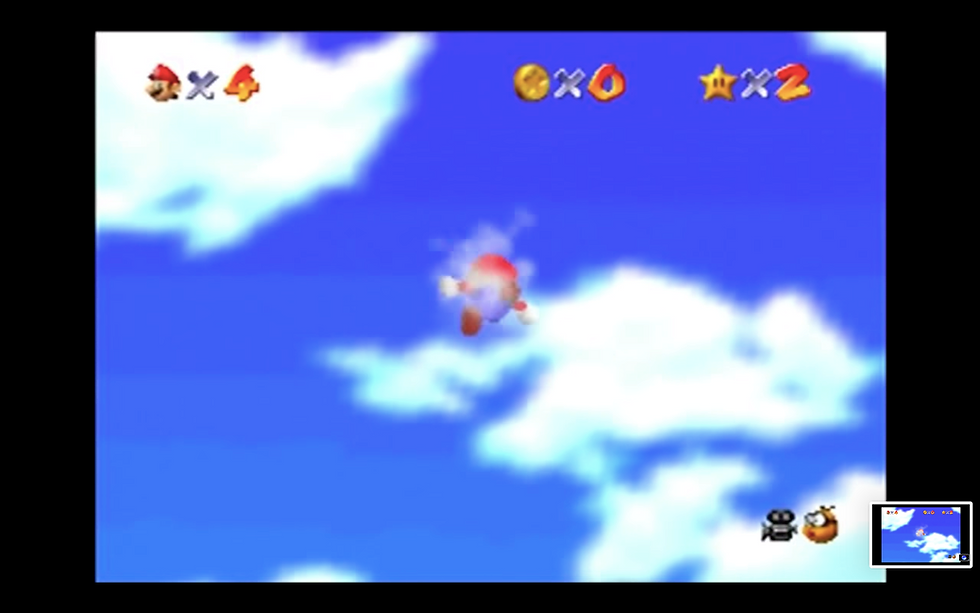Game Review: The Legend of Zelda: A Link to the Past
- Daniel Stein

- Oct 17, 2019
- 4 min read
Released in 1992 for the Super Nintendo Entertainment System, A Link to the Past is the third entry in the Legend of Zelda series. Following the style of The Legend of Zelda, this installment is a bird’s-eye-view action-adventure RPG. The player-character is nameable, but is canonically named Link. There is an introductory cutscene on the title screen that provides the background story, which can be simplified to an evil wizard betrayed (and killed) the king and has kidnapped 7 maidens (including Princess Zelda), and is using them to open a seal to a magic realm that contains a powerful relic. It seems to be a very simple fantasy-setting hero’s journey right from the title screen.
The call to action happens once the player has selected their save file. The game opens on a dark and stormy night in Link’s house. In his sleep, he hears Zelda’s voice call out to him to rescue her from the dungeon. Once the player takes control over Link, he can follow his uncle out of his house and into the storm.
The dark and dreary visual world is accompanied by a similar soundscape filled with a foreboding soundtrack and the sound of pouring rain. The player must confront this world, which is designed to instill a sense of urgency. During this opening segment of the game the player is not able to explore the entire world of Hyrule yet. All paths that do not lead to the castle dungeon’s entrance are blocked by golden-armored knights who each share a different game mechanic when Link approaches them.
Eventually, the player finds the secret entrance into the castle. In the dark of the dungeon, Link finds his uncle sitting against a wall, dying. This is a very dark moment in the game where Link listens to his only family member’s last words and takes up his sword to save the world from impending evil.
After searching through the castle Link frees Zelda from the dungeon and the two escape to the Sanctuary. Upon leaving the Sanctuary, the rain has stopped and the world is bright and colorful. The foreboding music has been replaced with the upbeat main theme from The Legend of Zelda instead. The tonal shift in the music and the setting. removes much of the sense of urgency from the opening act.
At this point it seems as though the world is open to explore, but much like the golden-armored soldiers in the opening, various different obstacles completely prevent Link from entering most areas. In order to get past the various rocks, rivers, and other barriers, the player must collect items from the game’s variety of dungeons. The dungeons can be easily found by following the game’s story. Game progression is tied directly to which items the player has collected. Each dungeon contains an item, and nearly all of them are required to proceed to the following dungeon. Dungeons contain puzzles and many of the games’ boss fights require the player to use a certain item or items in order to defeat them. Usually the specific item in question is found in the same dungeon as the puzzle or the boss (or in a previous dungeon).

However, there are exceptions to this rule. The most notable of them is the ice rod. The ice rod is an item that is not found in any dungeon, but is rather found in a secret cave east of Lake Hylia. Why is this important? The ice rod is required to beat the penultimate boss, Trinexx in the Turtle Rock dungeon. Without the ice rod, entering into this fight leads to a guaranteed “Game Over”. The location of the ice rod, unlike all of the dungeons, is never marked on a map, nor is the player told they will need the ice rod in order to complete Turtle Rock. Without ever reading a game guide (because it’s been more than 25 years since any of them have been printed) there is hardly any suggestion that the player will need it. However, several NPCs do suggest exploring that area. Sahasrahla tells Link there is a treasure to the east of Lake Hylia and urges him to get it. An unnamed thief character also suggests exploring the cave east of Lake Hylia because “strange and wonderful things live in it…” Through hints and suggestions, the player can infer where a key item might be, but this information is only available through exploration of the world and interaction with the NPCs. There are other examples of dialogue in A Link to the Past that suggests player actions or locations to explore.
The developers force the player to explore the game world and interact with it as much as possible by hiding key information for game and narrative progression. Although the game is largely a linear progression with explicit directions, there is room for free exploration and implicit information. A Link to the Past played a key role in the action-adventure RPG genre as it ended the era of open world adventures with limited or no in-game narrative and introduced linear plots filled with explicit storytelling.
Works Cited:
Nintendo, The Legend of Zelda: A Link to the Past, Nintendo, 1992, Super Nintendo Entertainment System, produced by Shigeru Miyamoto, soundtrack composed by Koji Kondo.




Comments